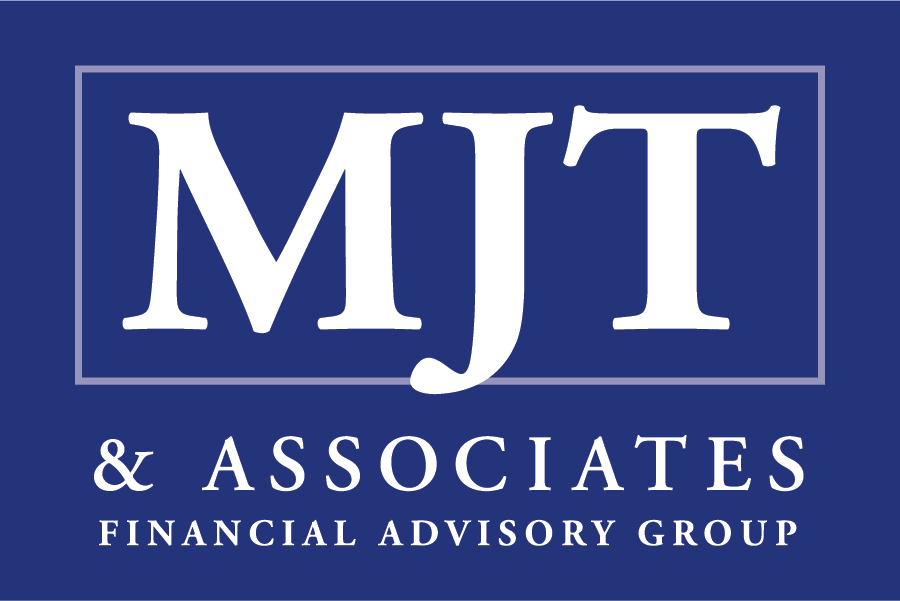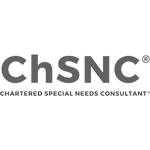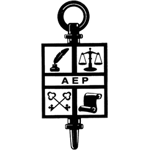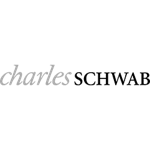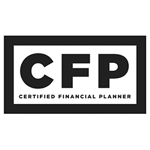In today’s unpredictable economic and political climate, business owners are finding themselves navigating a financial landscape that is constantly shifting beneath their feet. With elections on the horizon, tax policies up for debate, and interest rates fluctuating, the ability to adapt is no longer optional—it’s a necessity.
Let’s take a deep dive into how these changes are shaping the future for business owners and what strategies can help safeguard financial stability in uncertain times.
The Economic Rollercoaster: What’s Happening Now?
Economies are cyclical. They boom, they bust, and sometimes they hover in an uncertain middle ground. But in recent years, the volatility has been extreme. Inflation has surged, interest rates have spiked, and supply chain disruptions have thrown businesses into uncharted waters.
For business owners, these changes bring about pressing concerns: ✔ Rising interest rates mean higher borrowing costs. If your business relies on credit lines or loans, your cost of capital is increasing. ✔ Inflation impacts profitability. The cost of materials, labor, and operating expenses are all rising. ✔ Recession fears lead to cautious spending. Consumers and businesses alike are tightening budgets, affecting sales and cash flow.
So how do we navigate these shifting sands? Let’s explore some key strategies to stay financially resilient.
How Political Shifts Impact Business Finances
Every election cycle brings policy shifts that can dramatically alter the financial playing field for business owners. Tax laws, regulations, and economic policies are often rewritten, sometimes in ways that benefit entrepreneurs—and sometimes in ways that create new hurdles.
Some key areas where political decisions impact financial planning include: ✔ Taxation: Changes in corporate tax rates, capital gains taxes, and deductions can either increase or ease financial burdens on business owners. ✔ Regulations: Compliance costs can rise if new policies increase reporting requirements or impose stricter industry-specific rules. ✔ Labor laws: Minimum wage adjustments, healthcare mandates, and employee benefits legislation can all shift operating costs.
Key Strategies to Strengthen Your Financial Plan
1. Future-Proofing Against Interest Rate Increases
Rising interest rates can eat into profits, especially for businesses that rely on loans. To mitigate this:
- Lock in fixed-rate financing now before rates climb higher.
- Reduce dependency on credit by optimizing cash flow and reinvesting profits strategically.
- Explore alternative financing options like private investors or revenue-based lending.
2. Tax-Efficient Financial Planning
With tax policy changes looming, it’s crucial to optimize your tax strategy:
- Work with a tax advisor to leverage deductions and credits that apply to your industry.
- Consider deferring income or accelerating expenses based on expected tax rate changes.
- Explore tax-advantaged retirement accounts to shield profits from excessive taxation.
3. Inflation-Proofing Your Business Model
Inflation erodes purchasing power, making it essential to adjust pricing and cost structures:
- Implement dynamic pricing models to keep up with rising costs.
- Negotiate long-term contracts with suppliers to lock in better rates.
- Reduce unnecessary expenses without sacrificing growth initiatives.
4. Diversification: The Key to Resilience
A diversified income stream can act as a hedge against political and economic uncertainty:
- Expand into new markets or customer segments.
- Consider passive income streams such as franchising, licensing, or digital products.
- Invest in diversified asset classes to reduce exposure to economic downturns.
5. Preparing for Policy Shifts and Regulatory Changes
With new laws always on the horizon, staying ahead of regulatory changes is essential:
- Regularly review compliance requirements to avoid costly penalties.
- Engage with industry associations that advocate for business-friendly policies.
- Prepare contingency plans for shifts in employment laws, tax codes, or trade regulations.
Real-World Examples of Business Owners Adapting
Case Study #1: The Manufacturer Adjusting to Tariff Changes
A small manufacturing company faced rising costs due to new import tariffs. By renegotiating supplier contracts and exploring domestic production alternatives, they mitigated cost increases and preserved margins.
Case Study #2: The Retailer Navigating Inflation
A retail store struggling with rising inventory costs implemented dynamic pricing strategies and streamlined logistics to maintain profitability despite inflationary pressures.
Case Study #3: The Entrepreneur Hedging Against Tax Hikes
A business owner anticipating higher corporate taxes reinvested profits into tax-advantaged accounts and accelerated planned equipment purchases to maximize deductions before the tax increase took effect.
The Bottom Line: Adaptability is Key
The reality is this—economic and political changes aren’t going away. The most successful business owners aren’t the ones who resist change but the ones who anticipate it, plan for it, and pivot when necessary.
By proactively adjusting financial strategies, staying informed on policy shifts, and implementing resilient business models, we can ensure that uncertainty doesn’t mean instability.
Plan smart, stay flexible, and navigate these changes with confidence.
